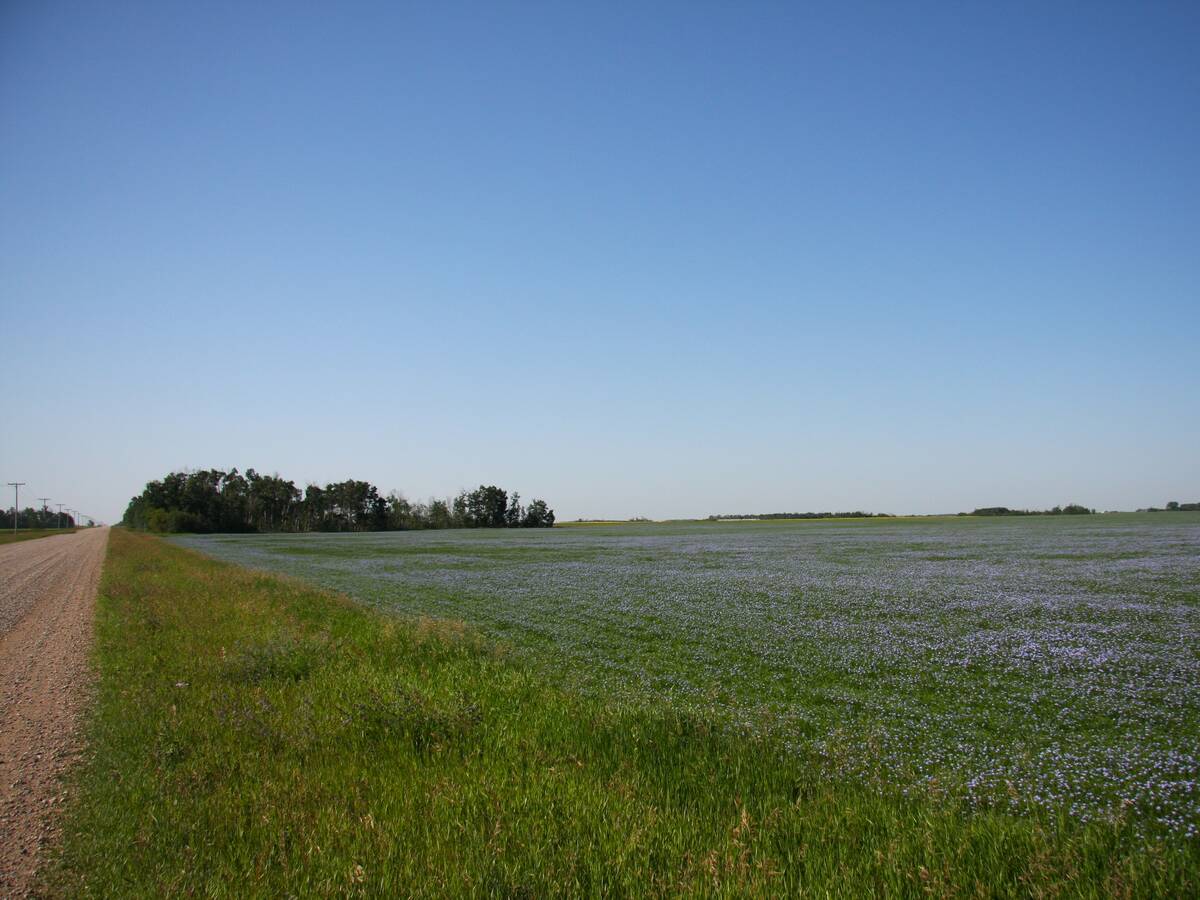When Olaf Cordes checked his canola field, he saw canola leaves with the edges munched and some plants completely chewed.The New Norway, Alta., farmer knew exactly what the problem was.”Those darn cutworms. They love the canola and leave the weeds alone,” said Cordes, who already sprayed 320 acres to kill the tiny pests and planned to spray another 160 acres June 11.A number of cutworm hot spots have flared up around the Prairies this year.Jim Bessel, a Canola Council of Canada agronomist, said cutworms have hit the early seeded canola fields hard.”Normally we see more cutworms when it’s a little drier than what it is and with more heat,” said Bessel.”Last year, we did have a bigger outbreak in a number of areas, particularly in Saskatchewan. Enough of the larvae move into the soil and overwinter. They can come back up and cause issues once again until some kind of treatment is done that is effective,” he said.Cordes said it’s not the first time his crops have been hit by cutworms so he checks his fields each spring.”This year was particularly bad.”A 20 to 30 acre patch in one field was thoroughly chewed, but he was forced to spray the entire field because it’s difficult to target the affected areas at night, the optimal time to spray for cutworms.”It’s pretty potent stuff. The next day, we checked the field and we found lots and lots of dead cutworms on top.”Cordes said he will likely make deep ruts in his field trying to control the pest and spraying for weeds.”We’re going to have to live with ruts.”Bessel said an easy grid road scouting trick is to look for ravens or crows feeding in the field.”If you drove by a field and saw a group of them out in the field on the ground, it’s a good idea to have a walk out there and see what they’re foraging on.”Instead of a grid road crop check, you’re better to get out there and check out and have a look and take your little garden trowel and dig down.”When the worms are cut open and full of “green guck,” it’s a sign they have been feeding on canola.Howard Lewis with Syngenta said he’s seeing an unusually high number of cutworms this year.Canola is a slow growing plant and many farmers assume it’s the result of cold weather, not cutworms.”Cutworms take the first plants out of the ground. The stand will be thinned out quite a bit. When you see damage, the plant is gone. The symptoms are dead plants.”
Read Also

Farmland advisory committee created in Saskatchewan
The Saskatchewan government has created the Farm Land Ownership Advisory Committee to address farmer concerns and gain feedback about the issues.














